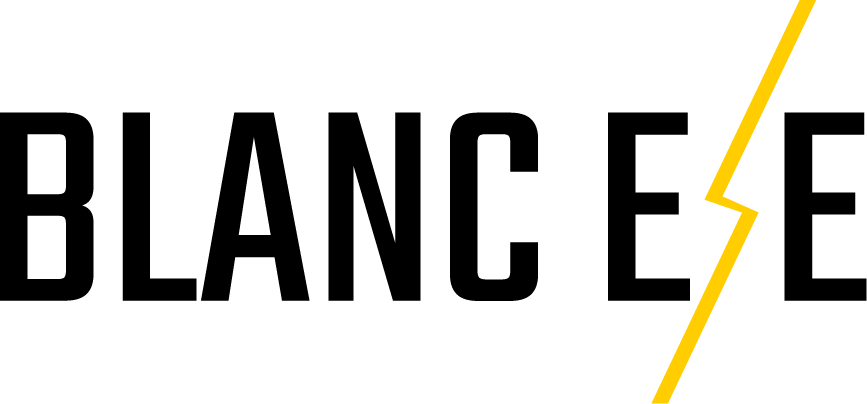Forklifts come in many types, but not all are built for rugged outdoor jobs. Let’s break down how rough terrain forklifts differ from standard models—and which is best for your needs.
Rough terrain forklifts are built for outdoor environments, equipped with 4WD systems, deep-tread tires, and high ground clearance. Standard forklifts are designed for smooth, paved floors. Choosing the right one depends on your job site, terrain, and load.
Let’s compare them in key areas to help you choose the right equipment.
1. Terrain Capability
Rough terrain forklifts—commonly referred to as all terrain forklifts—are built to conquer unpredictable outdoor ground conditions. Whether you’re working on muddy construction sites, gravel roads, grassy farmlands, or sloped mining terrain, these machines maintain stability and traction. Their oversized deep-tread pneumatic tires, robust axles, and high-clearance frames allow seamless travel where other forklifts stall.
In contrast, standard forklifts are optimized for smooth, hard surfaces like warehouse floors, loading docks, or factory assembly lines. They’re not suited for rough or soft terrain and may suffer damage or slippage in such conditions.
2. Drive System
One of the most defining features of rough terrain forklifts is their 4WD (four-wheel drive) or 4×4 forklift drivetrain. This allows all wheels to receive torque simultaneously, ensuring maximum traction in mud, gravel, or snow. It improves uphill climbing power and enables the forklift to operate on inclines without losing control.
In contrast, most standard forklifts use rear-wheel drive (RWD). While sufficient for flat floors, RWD lacks the torque distribution necessary for uneven terrain and can compromise safety and performance outdoors.
3. Tires & Suspension
All terrain forklifts feature large pneumatic tires with deep treads that provide shock absorption and superior grip on loose surfaces. Their suspensions are also enhanced with reinforced axles and articulation, helping them stay balanced on slopes or debris.
In comparison, standard forklifts use solid or cushion tires, which are smaller, smoother, and more suited for indoor use. These tires provide little shock absorption and may crack when used on sharp or uneven outdoor surfaces.
4. Ground Clearance
Rough terrain forklifts are designed with higher ground clearance, often ranging from 200mm to 330mm or more. This allows them to pass over rocks, potholes, and terrain bumps without damaging the undercarriage. It also improves approach and departure angles on inclines.
Standard forklifts typically have low clearance, allowing them to enter tight spaces or under-rack areas indoors. However, this also means they’re not suited for rugged environments where obstacles are common.
5. Engine & Powertrain
To power through rugged environments, rough terrain forklifts rely on high-torque diesel engines, commonly from trusted brands like Yunnei, Cummins, or Weichai. These engines are designed to perform reliably under load, even on sloped or unpaved surfaces.
Standard forklifts may use electric motors, LPG systems, or smaller diesel engines that are optimized for indoor efficiency, reduced noise, and lower emissions. While suitable for warehouses, these systems often lack the torque needed for outdoor lifting under rough conditions.
6. Application Environments
Rough terrain forklifts are built for off-road applications like:
- Construction sites (brick, steel, timber transport)
- Agricultural farms (feed, fertilizer movement)
- Ports & container yards (uneven surfaces)
- Stone factories and quarries (heavy slabs)
- Logging and forestry operations
Standard forklifts are limited to:
- Warehouses
- Distribution centers
- Factories
- Retail spaces
7. Cost & Maintenance
Due to their rugged design, 4wd forklifts tend to be more expensive upfront. However, they offer greater durability, lower repair frequency, and are essential for reducing downtime in outdoor projects.
Standard forklifts have lower initial costs, and maintenance is easier and cheaper indoors. However, if misused in rough terrain, wear and damage can lead to higher long-term expenses.
8. Safety & Comfort
Modern all terrain forklifts offer ROPS/FOPS-certified cabins, wide visibility windows, suspension seats, and enclosed climate-controlled cabins. These features improve operator comfort and reduce fatigue during long outdoor shifts.
Standard forklifts may include basic seating and open-frame cabs for flexible maneuvering indoors, but offer less protection from weather or accidents.
Rough terrain forklifts are purpose-built for challenging outdoor jobs—offering powerful engines, 4WD traction, and heavy-duty frames. Standard forklifts are best for clean, flat, indoor logistics.
